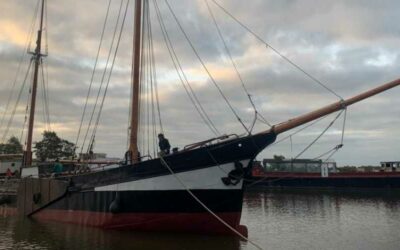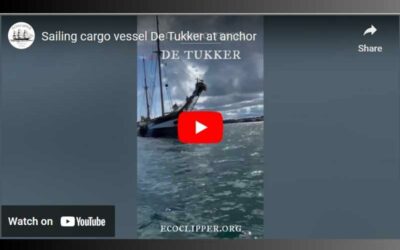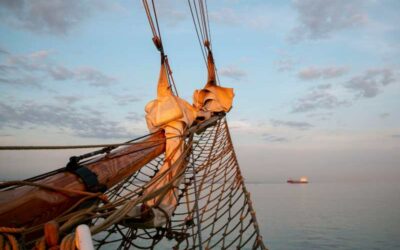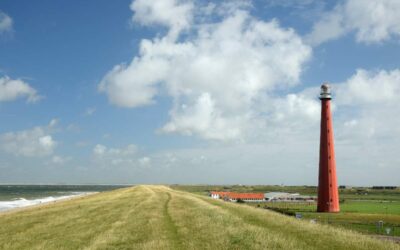From the beginning of EcoClipper we realized that the financing of these EcoClipper ships ought to be organized, for a large part, through the commitment of private investors. Yet, to get a better feeling of the expectations of the financial sector the past month we contacted about twenty banks and financial institutions financing the start-up phase or growth phase of a fleet of EcoClippers. Now, off course, you’ll ask: was it successful so far?
The answer: Yes and No. Yes, we where welcomed with enthusiasm, respect, advice and continue talking with several parties. No, the start-up phase has not been financed yet. But after talking for just a few weeks, what more is to be expected? Rejections have fallen in three different categories
First there are the banks and shipping departments of banks, who are really in big business. For them, they start talking with a company as soon this companies yearly turnaround is more than ten million Euros. Some of them even over two hundred and fifty Euros…
One of the senior bankers of a shipping finance department pointed out that the smallest vessel they ever financed had a gross tonnage of 10.000 tons. For them everything below 50.000 gross tonnage, was categorized as small. The EcoClipper prototype has a slightly less gross tonnage than 500 tons.
Second, there are the banks who are afraid about giving out loans to something to uncertain, to new, to innovative. They are not able to compare the financial prognosis with any company they have seen. Simply said: there is no economical history of the industry. How interesting, to realise that we really might be talking about one of the industries, first supplied by bank loans, ever. That is another story thought.
Third there is the simple fact, that as we speak, we are still developing the prototype plans, the brand design, and the marketing campaign to raise the capital for the first ship. In other words: as long there is no signature under the contract of the shipyard, a bank would, at least for a certain period, have no security for the supplied capital. A beautiful example of the story of the chicken and the egg.
The good news. Every meeting leads to valuable insights about the way the financial sector would approve, supplying the capital. Every meeting leads to another contact, with more interest or knowledge about shipping finance. And we are talking now with a few highly motivated parties to make the financing of this industry a success. As we knew by forehand, and the direction our strategy is aimed at: we will further develop the relationships with private investors. For this reason we already work with a small team of highly motivated ambassadors. So, really, this is only the beginning.
Following seas and royals all the way.
Jorne Langelaan




